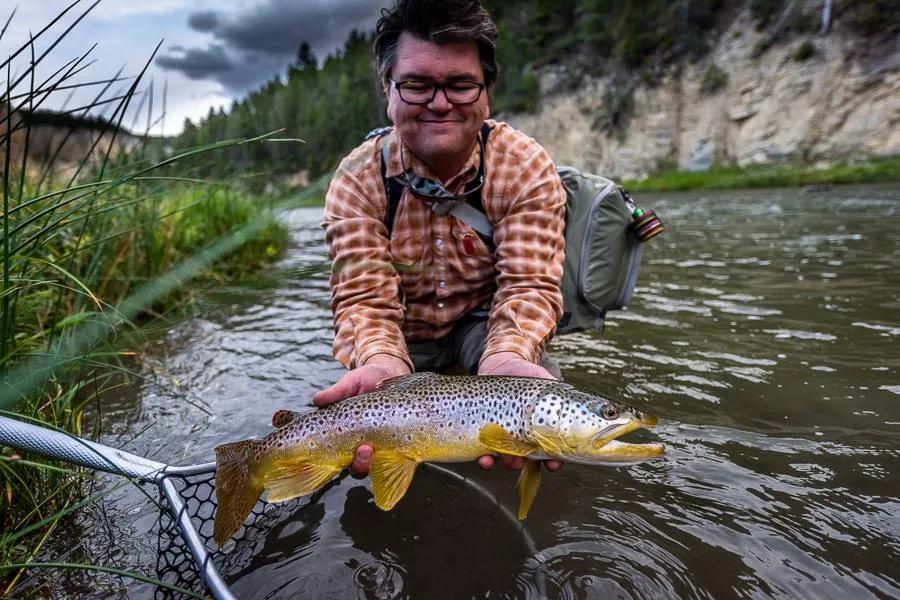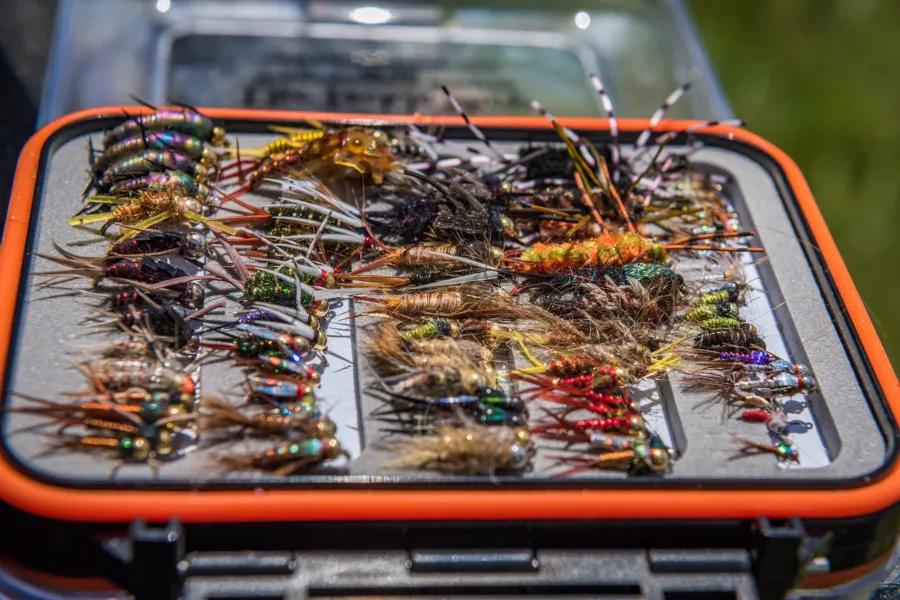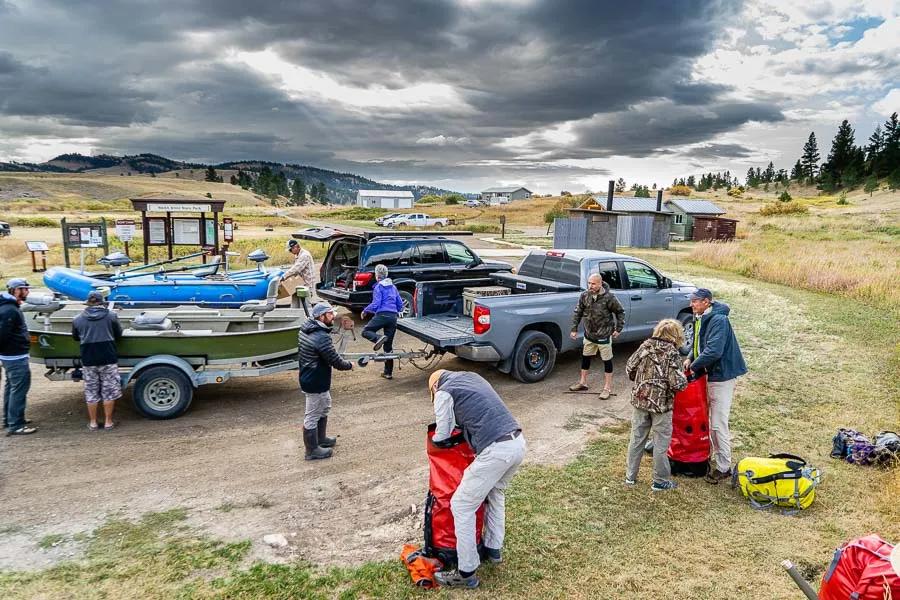
The Smith River in Montana is one of the state’s prized fly fishing rivers. The main season for floating and fishing the Smith River kicks off in April and runs into July. In some years late September and early October can also provide floating and fishing opportunities. The Smith River is managed by Montana Fish, Wildlife, and Parks as a specially permitted river. Because the only way to enjoy the Smith River is on a multi-day camping and floating trip, proper planning is important. Here are Eight of the Best Flies for Montana’s Smith River.

Zurdle. This fly combines two of the best subsurface flies on the Smith River into one very effective fly. Combining the chenille and rubber legs of a rubberlegged stonefly nymph with the rabbit fur strip of a streamer, a Zurdle can be dead-drifted or stripped. For a Smith River fly fishing trip the multi-tasking ability of the Zurdle is ideal because it checks two boxes with one fly. Choose olive, black, brown, or yellow or any combination of these. Black is a great choice in dirty water. Size can range from 4 to 14.
Kreelex minnow. The Kreelex minnow is a simple streamer pattern. For all the complexities of planning a Smith River trip, having a simple go-to fly in your quiver is key. Tied with flash, weighted eyes, and a slim profile that makes casting easy, a Kreelex should be in any Smith River fly box. Most popular colors are copper/silver/gold and the best size for the Smith River is 4 or 6.
Worms. Because off-color and dirty water are common on the Smith River in May–but fish still feed well in the muddy water–a variety of worm species are washed-into or dislodged into the river. Smith River veteran guides and anglers know Smith River trout gobble up worms on a regular basis. From the standard beadhead worm to worms tied with various unique materials, the Smith’s dirty water is an ideal place to embrace the worm. Most Smith River fly fishing guides choose worms in size 10, but larger and smaller worms can be fished with success.

Stimulators. May on the Smith River is the month salmonflies and golden stones dominate the hatch charts. With the numerous canyon walls and bankside structure that is so common on the Smith River, ideal habitat exists for prolific hatches of stoneflies. In June when caddis and smaller stoneflies dominate the hatches, a small Stimulator pattern also works for caddis. For salmonflies and golden stones choose sizes 4 through 10. For caddis and spruce moths choose sizes 10 through 16.
Conehead JJ Special. The Smith River is home to rainbow, brown, cutthroat trout, and mountain whitefish. With an abundance of aggressive brown trout, fishing streamers is a popular method on this Montana freestone river. The conhead JJ Special is an easy-casting and very effective fly for the Smith River. With contrasting colors and rubberlegs, this fly imitates a variety of baitfish and large aquatic nymphs. For a conehead JJ Special choose anything from size 4 through 10.

Beadhead Prince Nymph. The Smith River is home to healthy populations of caddis, mayflies, and stoneflies. Primarily a stonefly nymph, a Prince Nymph, has been a long-time go-to fly for many Smith River regulars. In April and May the go-to size is a 10, and as the water drops and clears throughout June and into July sizes gradually get smaller. A beadhead Prince Nymph is also a great fly for fall on the Smith River.
Natural Sex Dungeon. Created by large trout expert Kelly Galloup, the Sex Dungeon has dumbell eyes, a spun hair head, and an articulated body. Many of the Smith River’s largest brown trout have been caught using a Sex Dungeon. Our favorite color pattern is in natural tones and size is BIG. It is not uncommon to fish a size 2 on the Smith River as big brown trout won’t leave their deep lair for a small morsel.
Parachute Adams. No day of trout fishing in Montana should commence without at least a few mayfly dry fly patterns in your box..and the Smith River is no exception. The Smith River has hatches of Blue Winged Olives, March Brown, Drakes, and Pale Morning Duns. As water levels drop in June and July, Pale Morning Dun hatches can dominate so don’t be left holding a long streamer when the trout want a small dry fly. For Blue Winged Olives in spring and fall, a size 16 should work. For Pale Morning Duns in late spring and summer choose size 16.

Planning for a Smith River trip is a good bit of the fun for this unique Montana fly fishing adventure. Be sure to also touch up on some of these Top Tips for Fishing the Smith River. When packing for a Smith River fly fishing trip, be sure you have the proper equipment–including flies–because once you launch at Camp Baker and start your expedition, there are no fly shops or gear shops to make up for items you forgot on your Smith River packing list.
